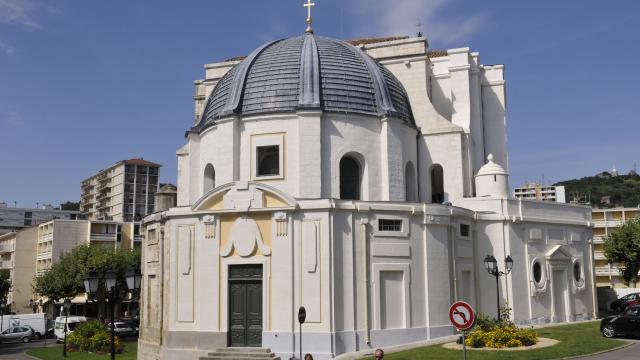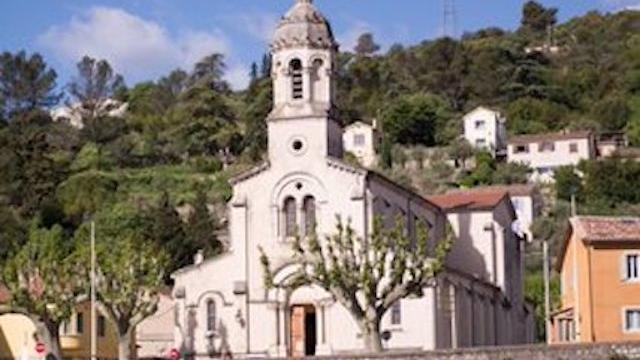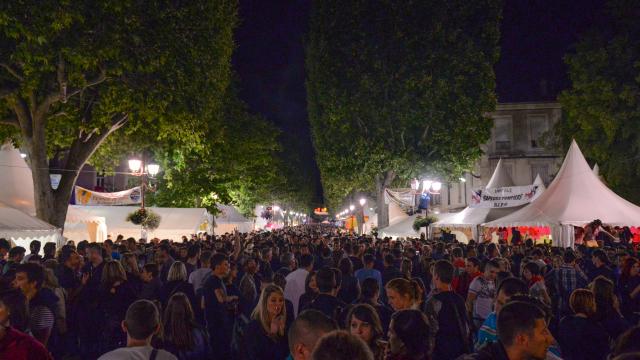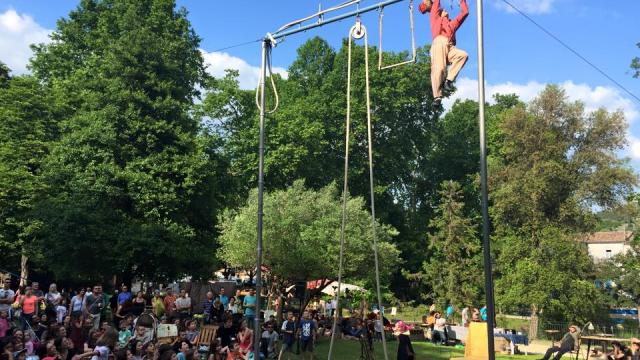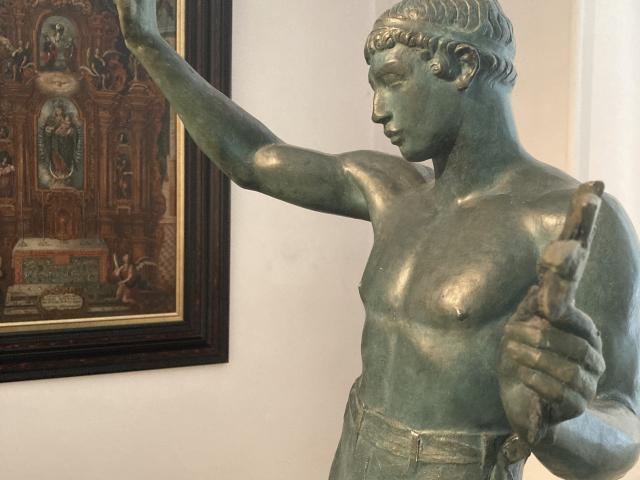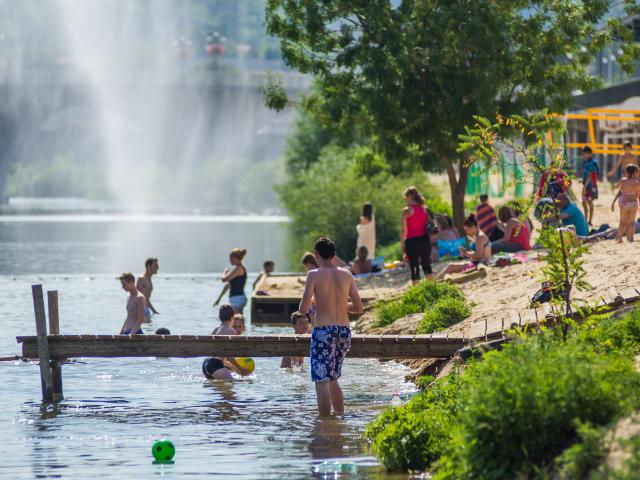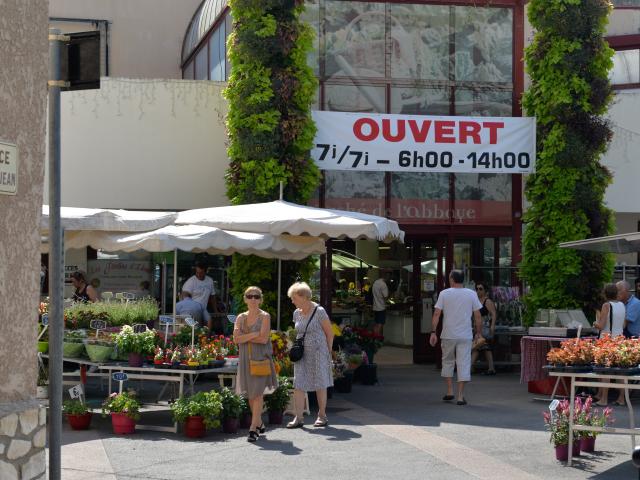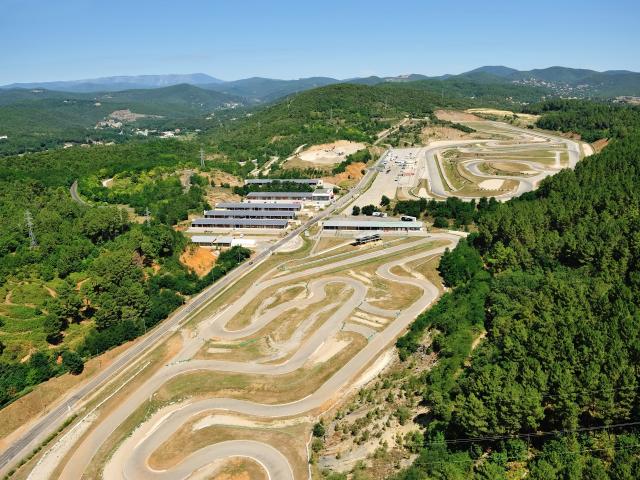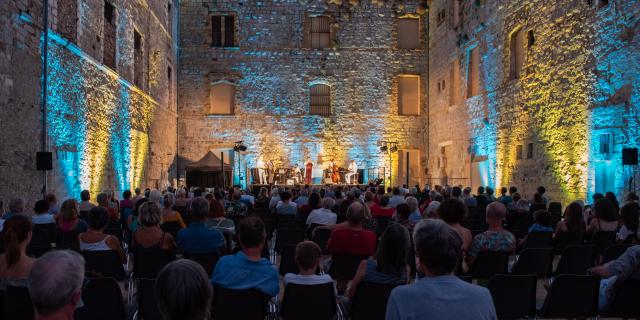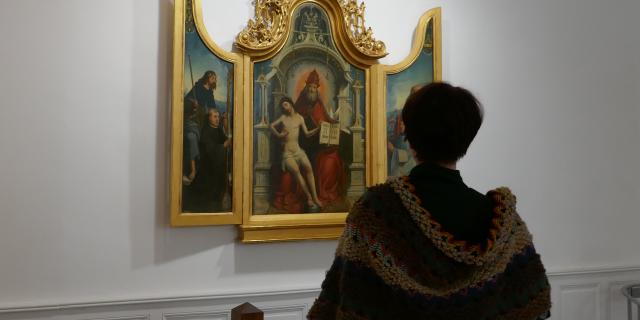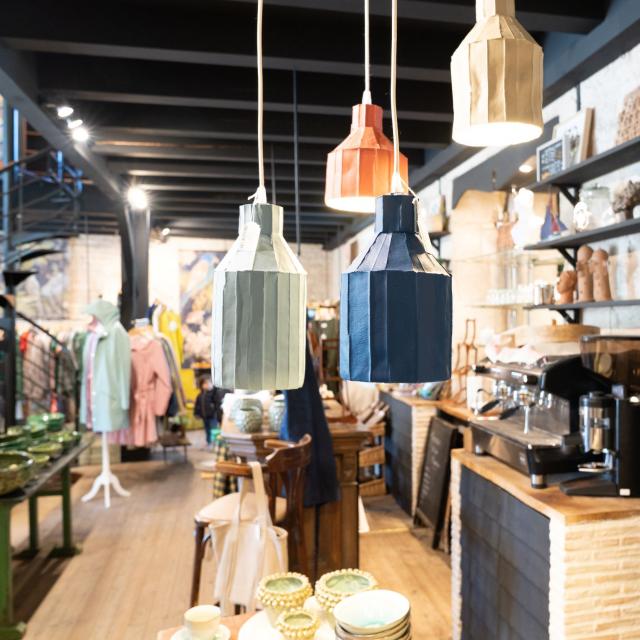The Industrial Era
It was with coal that the industrial adventure in Alès began in the 18th century, when Pierre-François de Tubeuf obtained, by several royal rulings between 1771 and 1774, the privilege of exploiting the mines he discovered near Alès.
At this same time, the silk market was also flourishing. The St. Bartholomew’s Day fair, held every summer on August 24 in Alès, was then renowned as the largest silk market in the region. 3 million pieces were sold in 1769! Silk production was then at its peak, until 1855 when the outbreak of the silkworm disease – pebrine – necessitated the arrival of Pasteur in Alès.
In the 19th century, Alès really entered the era of industrialization. The first railroads were set up. The Compagnie des Mines, Fonderies et Forges d’Alès was created in 1830. And in 1843, the first school to train master workers was born, the Ecole des maître-mineurs which would become the prestigious Ecoles des Mines d’Alès.
In 1912, coal production reached 2 million tons. And in 1947, there were 20,000 miners. But from 1958, the cost prices become uncompetitive compared to other sources of energy and production gradually declines.
Alès must then reinvent itself and experienced several periods of industrial conversion before becoming today one of the best agglomerations in France for entrepreneurship, ranked 2nd industrial pole of Occitania thanks to its fields of excellence around motorsports and eco-technologies.
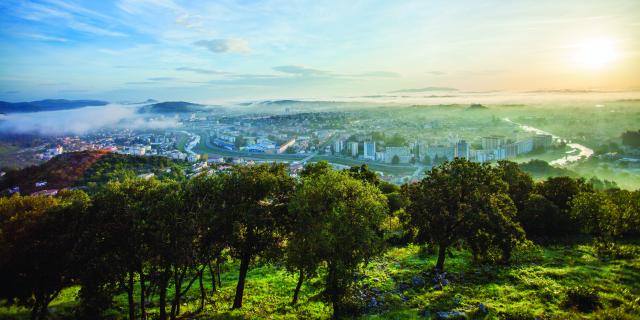 Ales © Direction De La Communication Alès Agglomération
Ales © Direction De La Communication Alès Agglomération




